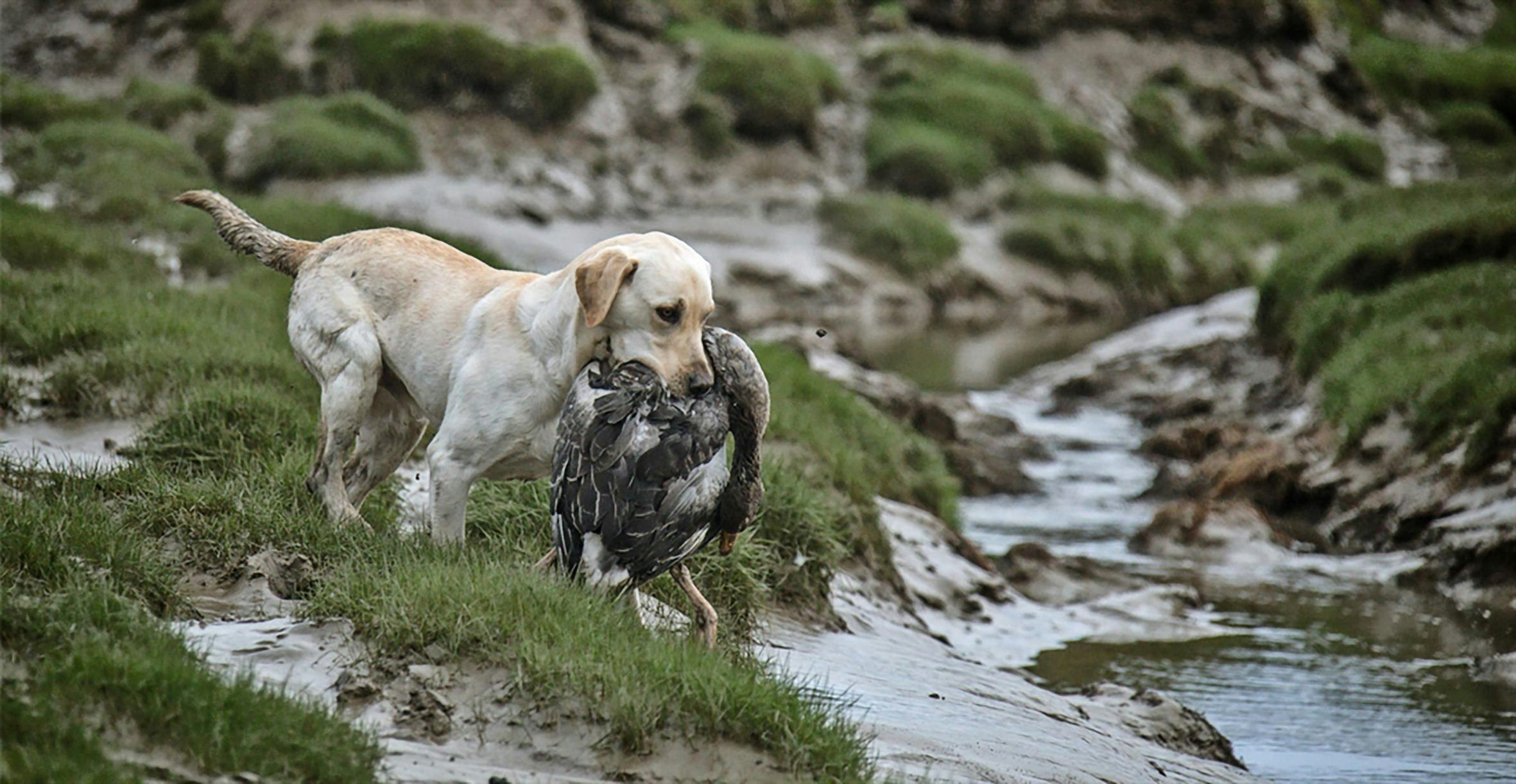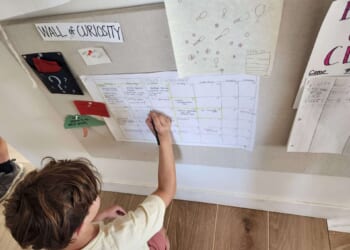This article is taken from the March 2025 issue of The Critic. To get the full magazine why not subscribe? Right now we’re offering five issues for just £10.
I was quite sure I was going to die out there. We had set off in the smaller of my pal’s two boats and as we left the harbour at Morston, on the North Norfolk coast, heading towards Blakeney Point, we’d run aground.
Quite what we’d hit wasn’t clear, but the motor had cut out, the boat had spun round, and we were rolling on the swell. My thigh waders had seen better days. As the water lapped at the hull I realised that if we did end up going over, there was almost no way I would be able to untie the baler twine that was holding them up.
Seals swam around us in the blackness and Willie, who’d been promising to take me out fowling for some time, cursed the engine. The starter cord, no matter how hard he yanked it, seemed to be inspiring nothing at all in the outboard.
People do die whilst wildfowling. In Dumfries and Galloway there’s still talk of two men who drowned whilst shooting ducks in 1970, when a storm rolled in off the Irish sea, and it happens somewhere across the country every decade or so. The combination of waders, being out in the dark, and bitter conditions is a dangerous one.
One of the things that suddenly occurred to me as I sat there was that after shooting on the marsh, we were meant to be spending the afternoon walking up woodcock in a meadow some miles inland. The woodcock numbers were looking good, and it was going to be a real pity if my guests weren’t able to get in amongst them on account of me being lost at sea.
As it happens, Willie did get the motor going. We struck out once more against the swell, looking for two sticks that mark, apparently, a safe route onto those hallowed Norfolk fowling grounds. By the time we eventually found them and made it ashore, the winter sun was rising.
We secured the boat, hunkered down behind the remains of a shipwreck, and the flight began. The teal came first, and then behind them, pintail. Thousands of them flying high and fast, whistling in their characteristic wheezy way.
For all that we saw thousands of pintail, it’s reckoned their numbers on the east coast aren’t sufficient enough for even a modest bag to be harvested so we watched them fly by and concentrated on the teal and mallard. I had a drake teal out behind, and Willie had a mallard hen, then we started to miss, both of us misreading the speed the ducks were going at in the high wind.

The conditions were calmer on the way back to Morston. By the time we were loading our haul of ducks into Willie’s Land Rover, the sea was almost flat.
Five hours later, on the lane next to the meadows, I met Willie again, with three other guns. We didn’t shoot much but what we shot we will remember for a long time: there were a few woodcock, there was a hare, and we caught up with a couple of cock pheasants living wild in the reeds.
That evening, as I sat there at the pub, I found myself thinking about how accessible shooting is or otherwise. To do what we did that afternoon is something you can’t just throw yourself into a couple of days after buying a shotgun.
You need to understand quarry, you need to understand habitat, and you need to be aware of safety. There are too many people who have been shot after somebody gets overexcited about a woodcock flying low between them and their neighbouring gun.
It’s often said that the great thing about shooting is that people can jump right in. All you need to enjoy a day of driven pheasant shooting is lots of money and for the police to decide you’re sensible enough to have a gun.
But I can’t help but think that it’s all a bit arse about face. A shooting career should actually start without any gun at all. Time spent sitting by a duck pond, just watching teal fly in at night, is a key part of learning how to do it properly. Watching dogs working cover is also essential — to learn to hunt properly you must watch dogs.
Sure, you might be able to stand on a peg and knock down reared pheasants with relative consistency after a few seasons, but you’ll never be a master of the sport like Willie. It took him a long apprenticeship to get there and when you’re out in the field, the respect and passion shows. It’s not about spending money. It’s about spending time.
Patrick Galbraith’s Uncommon Ground: Rethinking Our Relationship With the Countryside will be published by William Collins in April.







